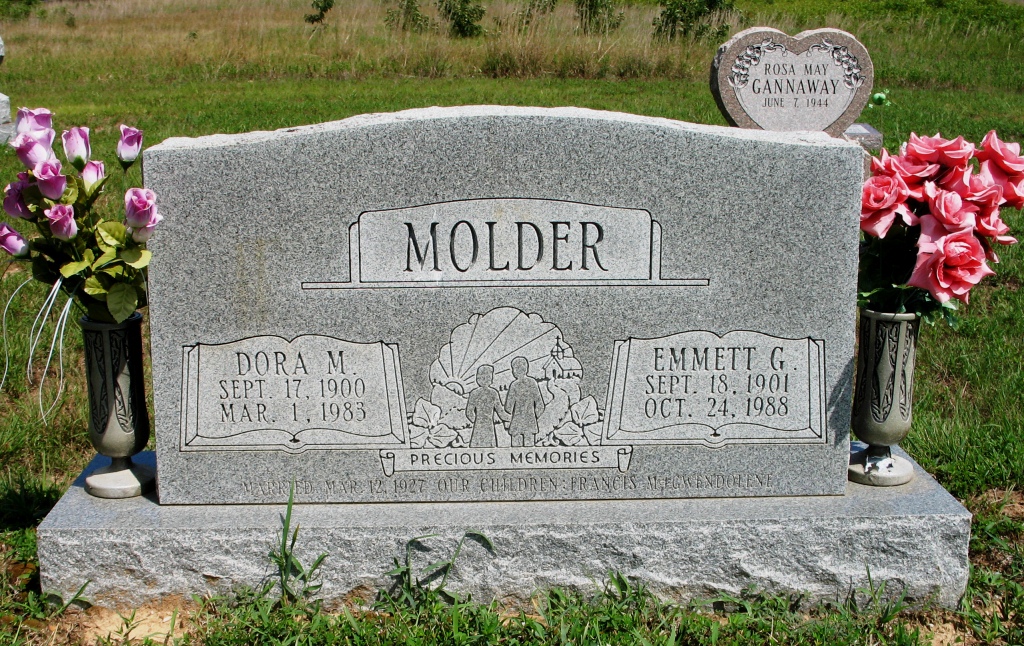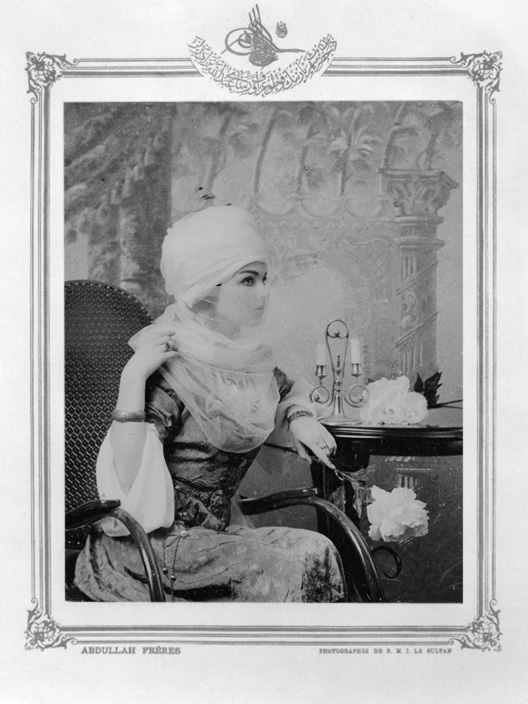I was actually born and raised five miles West of Humansville in the Rosebud Community, and the nearest town was Bug Tussle. Bug Tussle had formerly been known as Hamlet, and before that was Sexton, when a post office was in operation.Another thing about "Mr. Lee"...
He's supposedly from HUMANsville.
That's a town deep in the Missouri backcountry with a population of, like, three. Maybe ten if you count the dogs. (That's even smaller than the crossroads in Canadisia where Sas comes from)
Hmmmmm...
I've met Kevin a few times---enough to know he has a keen sense of humor---and, well, Imma gonna guess that claiming his experimental NON-human chatbot is from "Humansville" was simply too delicious to resist.
Bug Tussle Missouri is listed on various location sites but Hamlet (same location, earlier name) is still being carried over from century old road maps.
Hamlet
Jefferson Township, MO 65785 Hamlet - Google Search - https://g.co/kgs/KFPrzN
Please note that Hamlet, Missouri had nothing to do with Shakespeare. A man named Sexton first owned the site, established a post office and store, and when Sexton died a man named Hamlet bought the store, and changed the name of the town to Hamlet.
A young man named Emmett Molder bought the Hamlet store, in the 1930s. A lively and ambitious business man, he adopted the humorous slang term of Bug Tussle for his store, which name it had when my grandmother Myrtle “Ma” Cahow Agee was shown the place in 1947 when her daughter, married my father.
Why this matters, is this.
Ma Agee wrote a humorous weekly column in The Index, published still today in Hermitage Missouri.
In the series she married off her beautiful daughter Saydee to a fine young boy who lived just South of Bug Tussle, and her and Pa were forever afterwards driving over past the metropolis of Humansville to visit her kinfolks by Bug Tussle, and getting onto various scrapes and adventures there.
Bye and bye a man named Paul Fleming adapted a television series based on Ma and Pa and their daughter Saydee and son Sy Thomas.
But because the owners of The Index owned every word my grandmother had ever written for thirty years, Henning induced her to write her own book, copyrighted in her name alone.
She made a decent living from royalties earned from that book so long as the Beverley Hillbillies (and companion shows Petticoat Junction and Green Acres) aired, and even some afterwards.
No bot, could know that Emmet Molder, was the real life Mayor of Bug Tussle, which never has had any street lights or traffic signs to identify.
MAYOR OF BUGTUSSLE
Bug Tussle is located in Cedar County, Missouri, and Emmett Molder and his wife are buried in Cedar County at Alder Cemetery.

Emmett G. Molder (1901-1988) - Find a Grave...
Emmett and Dora closed the Bug Tussle store in the fifties after the paving of Route M caused the closing of the Rose Bud school and people in the Rosebud Community shopped in Humansville, instead.
Actually, I’m from Bug Tussle, a part of the greater metropolitan Humansville metroplex.
I just attended school, in Humansville.













